site search
online catalog
RARE CONFEDERATE NAVAL ENSIGN OR SECOND NATIONAL BROUGHT HOME BY A UNION OFFICER
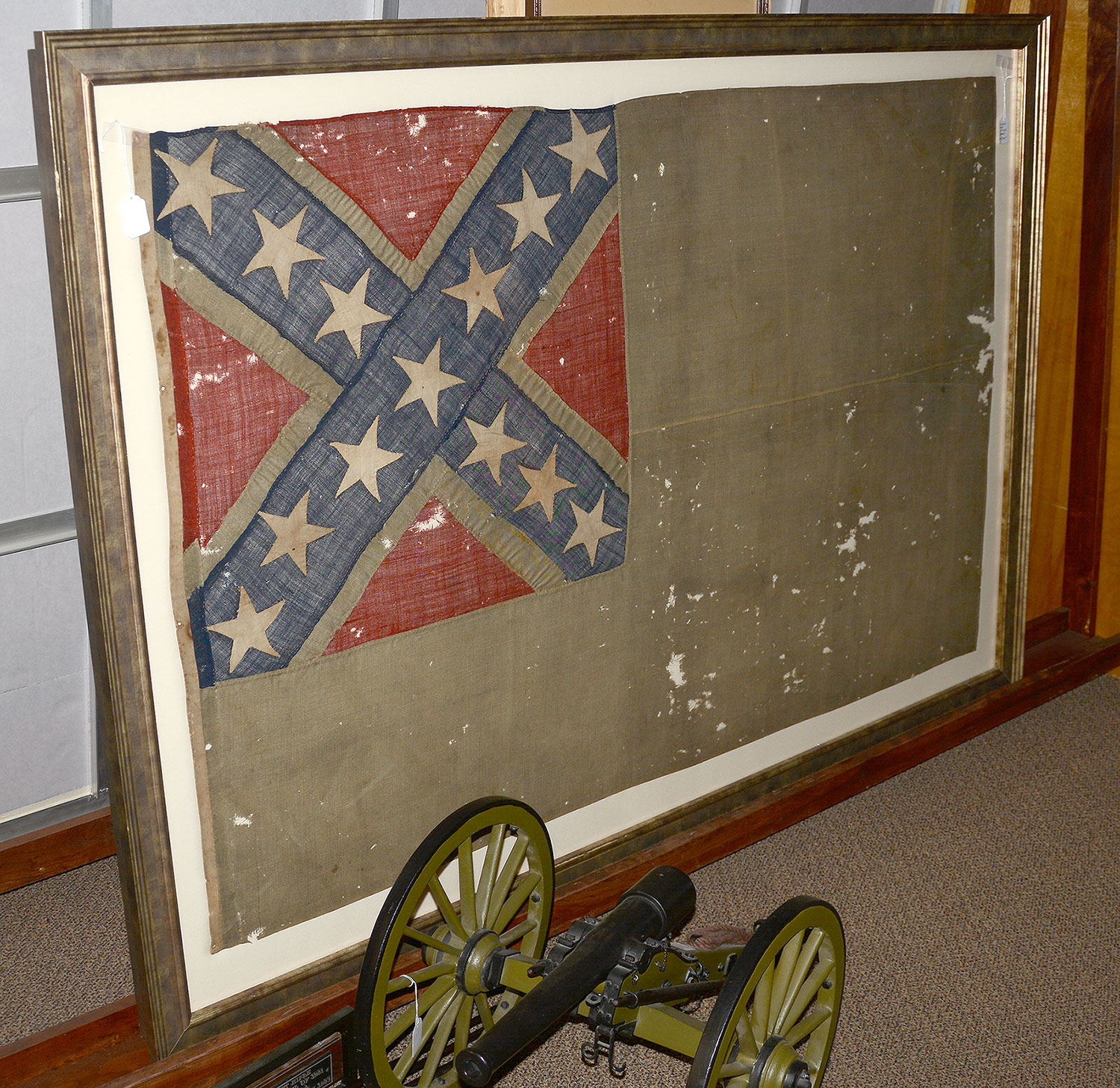
Hover to zoom

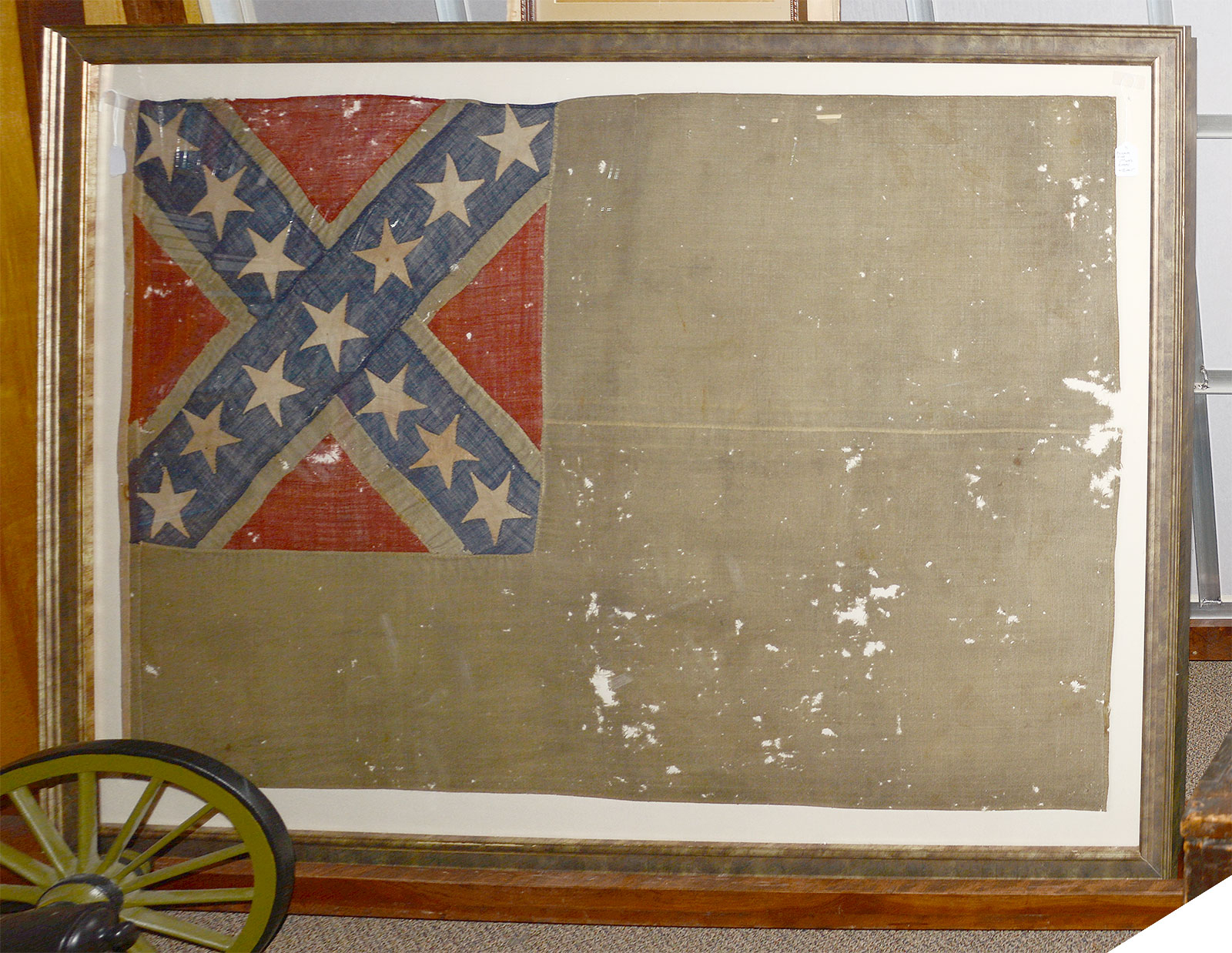
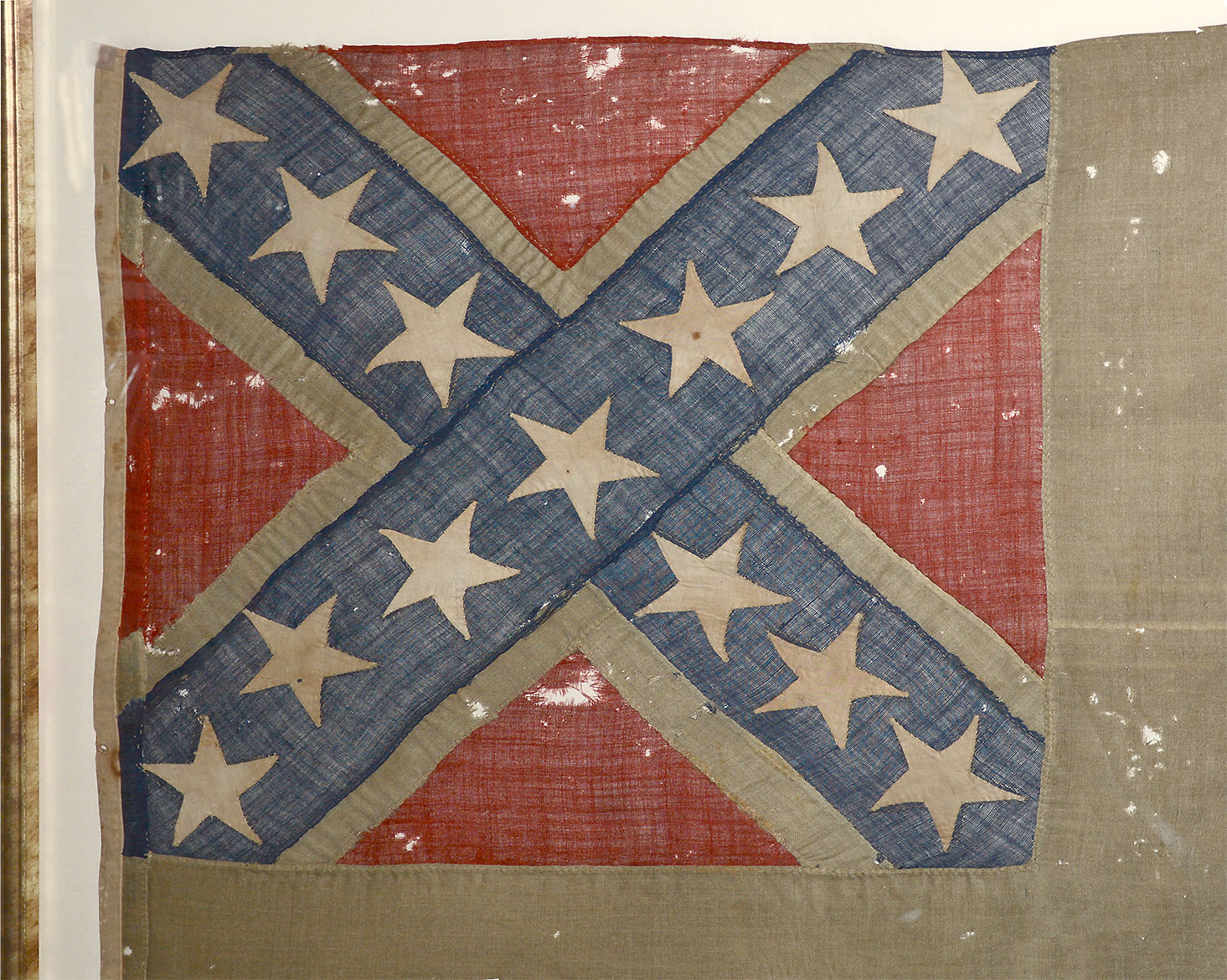
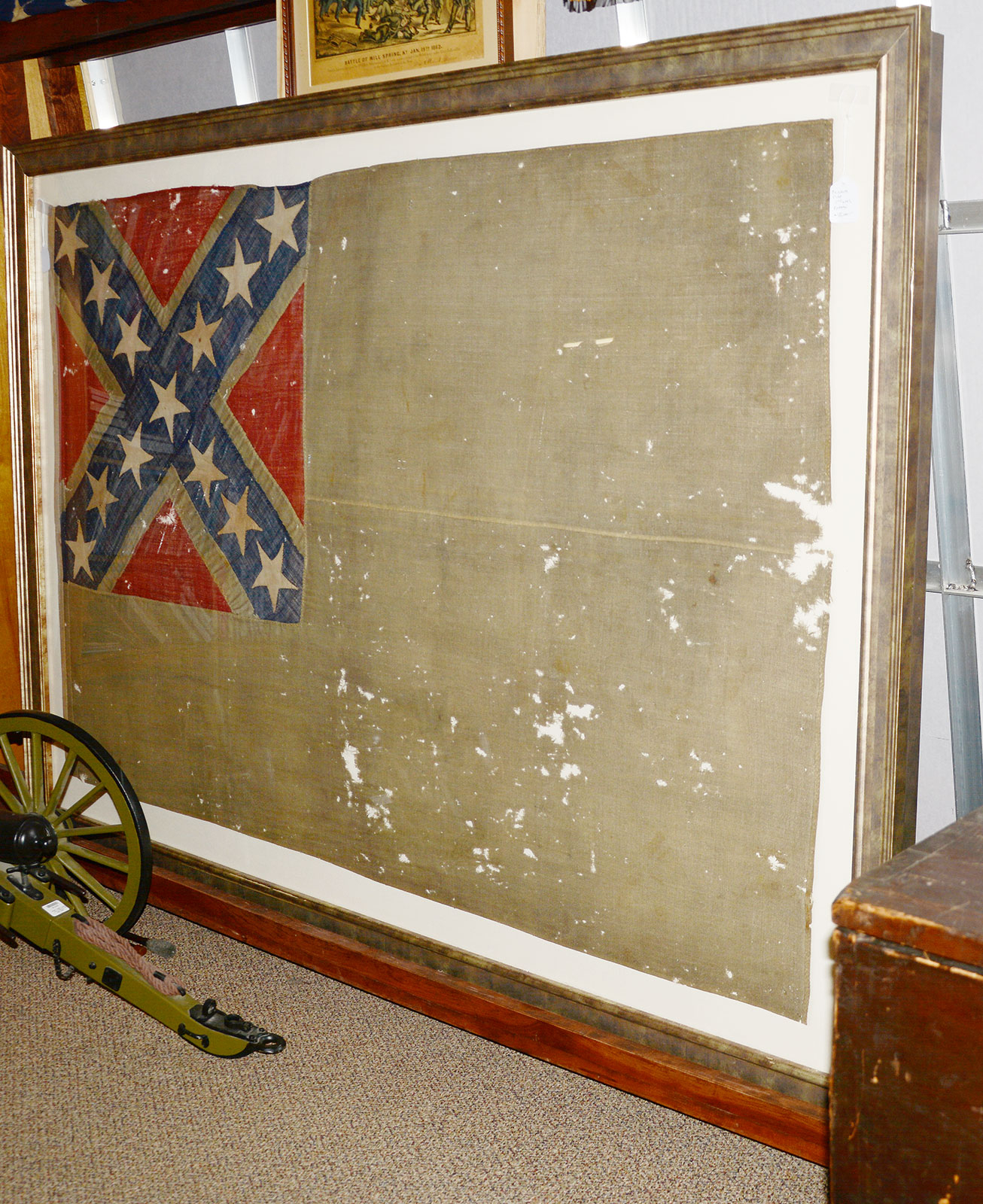
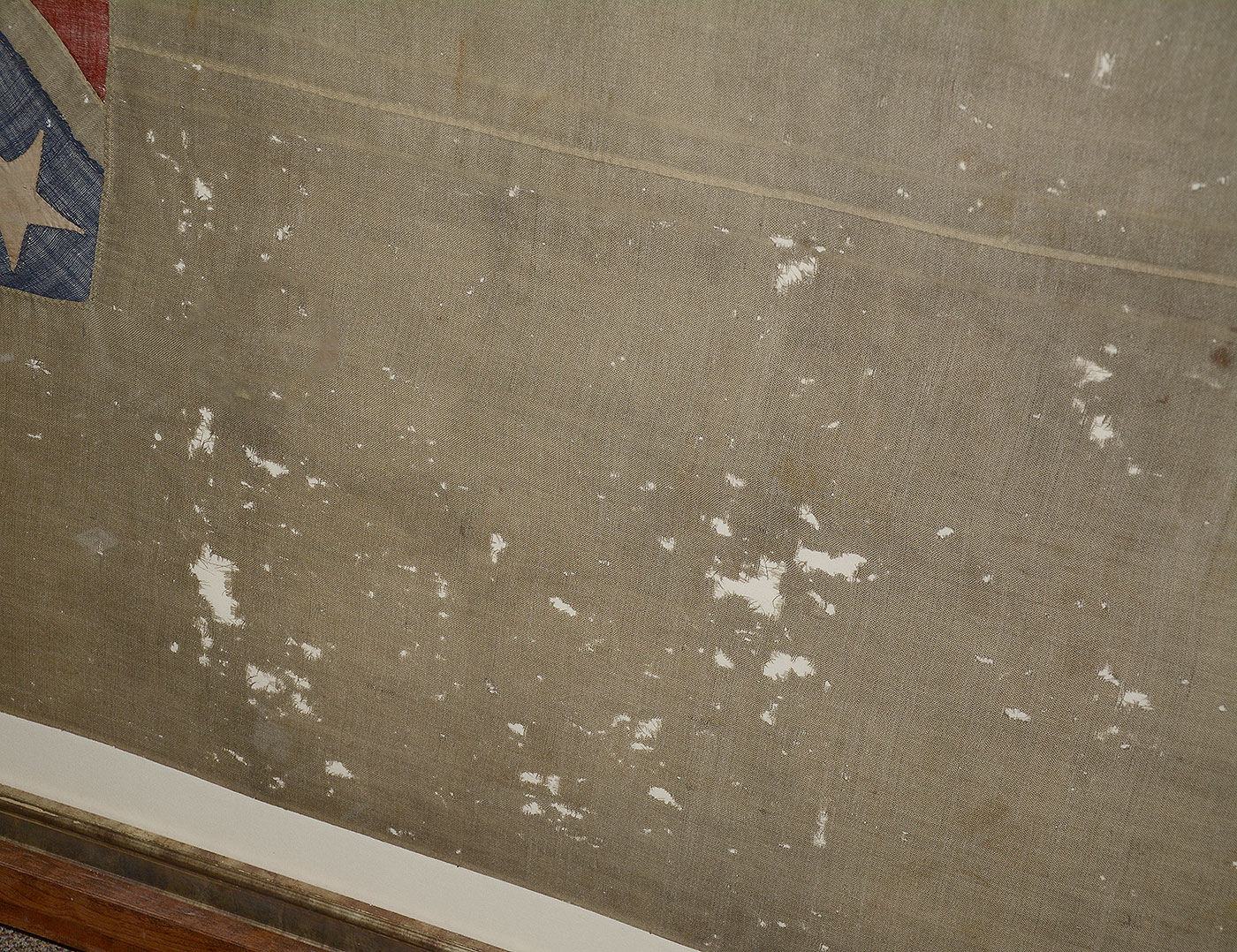
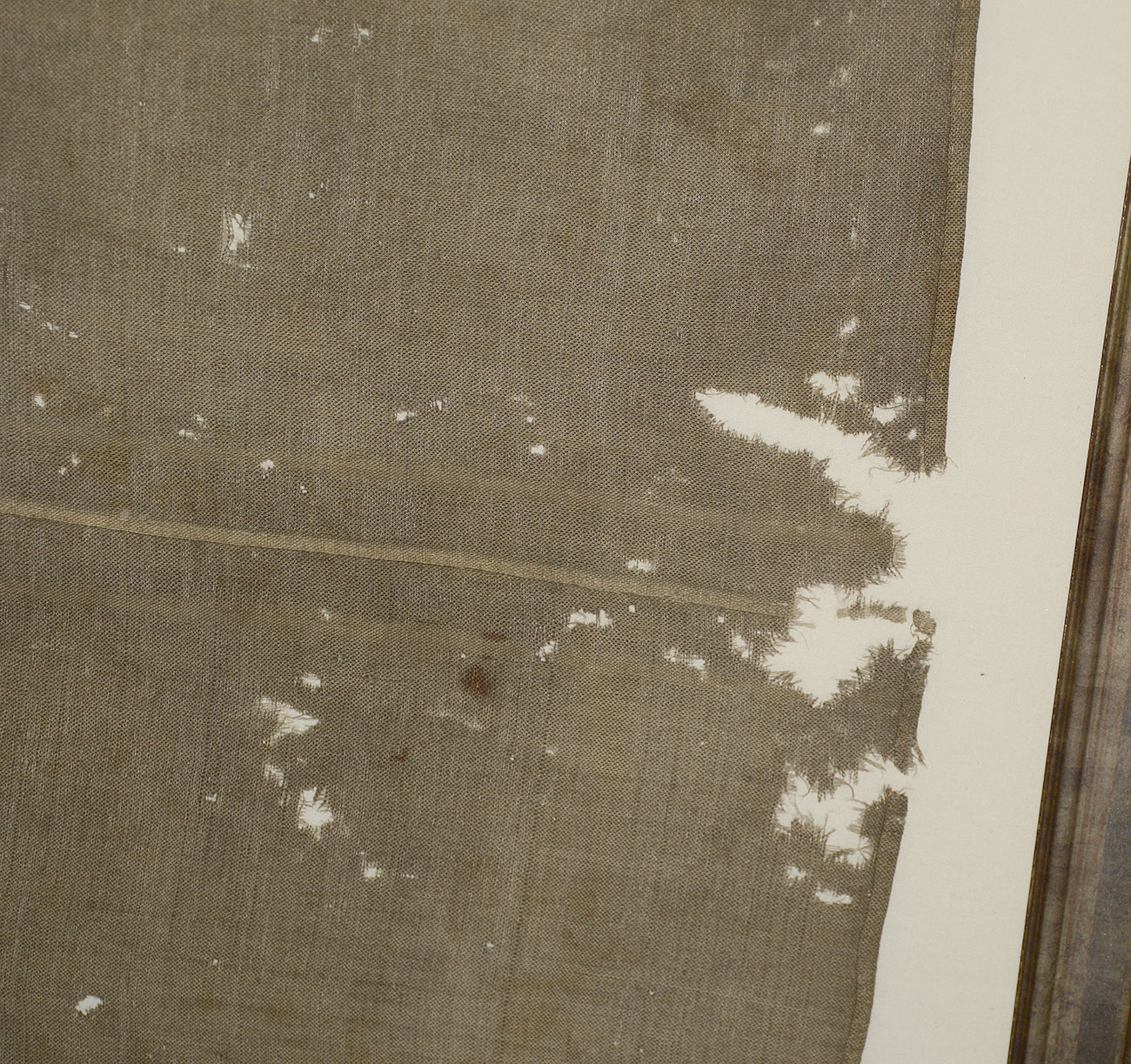
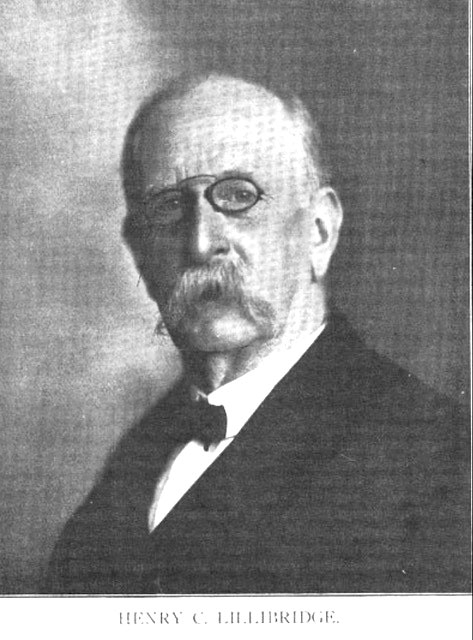

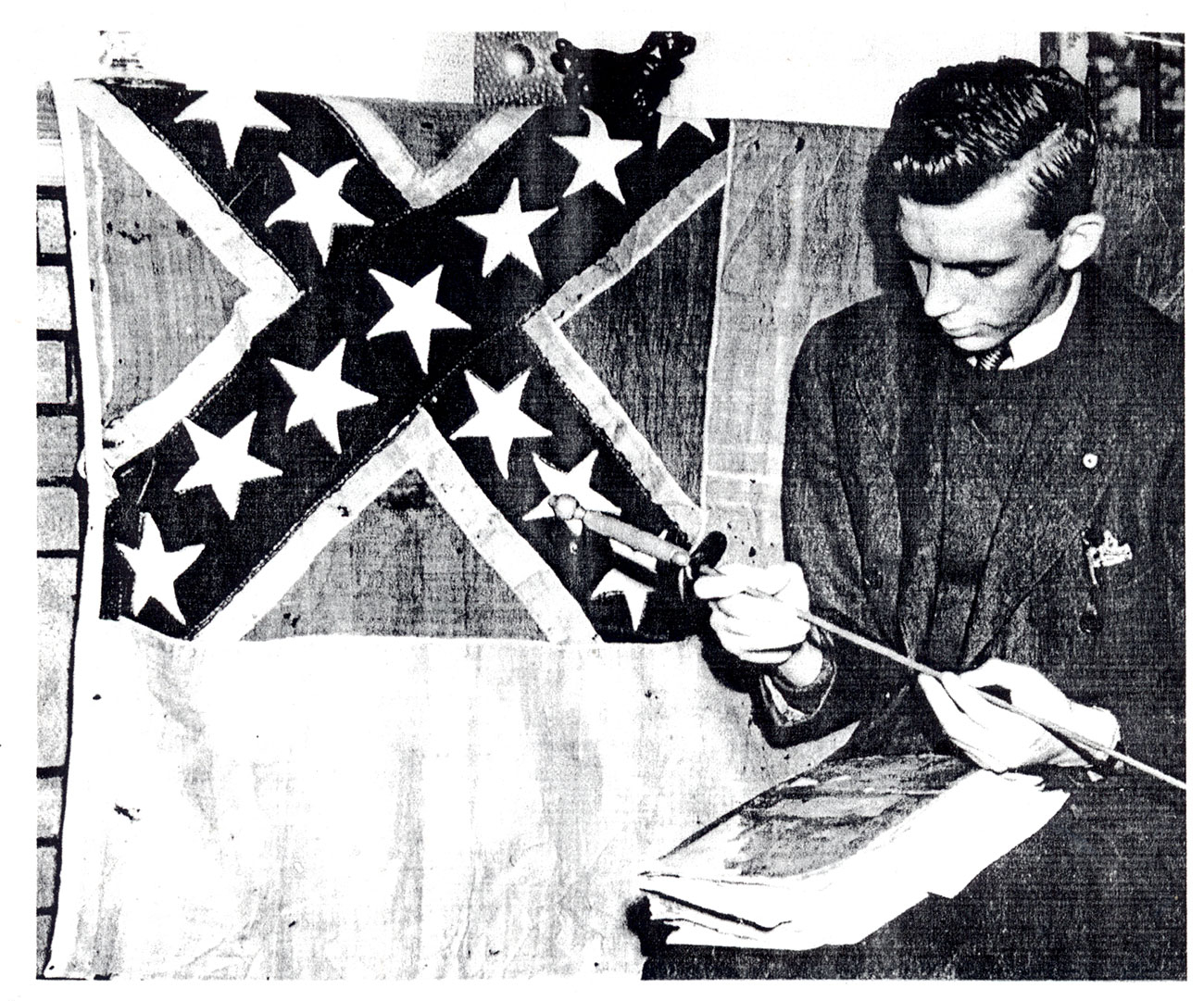
$55,000.00
Quantity Available: 1
Item Code: 1268-661
Shipping: Determined by Method & Location of buyer
To Order:
Call 717-334-0347,
Fax 717-334-5016, or E-mail
This Confederate Second National Pattern flag descended directly in the family of the Ohio officer who brought it back from the war until its acquisition by the Texas Civil War Museum in 2012. It has been archivally mounted and framed and is accompanied by 2011 correspondence related to its acquisition and a 2012 positive analysis report by well-respected textile conservator Fonds Thomsen, all of which is available to interested parties. The flag is completely original and in very good condition, showing use, but with only slightly muted colors to the canton, and some soiling and stains to the fly, and scattered holes from use and storage, mostly in the lower right quarter. It displays very well and has been placed on a white backing that gives a very full and honest presentation, not trying to conceal any missing pieces by using matching backgrounds, etc. Please see our photos.
The flag is made of red, white and blue wool bunting and is handsewn throughout. Fonda Thomsen measured it as 37-1/2” by 60” when she first examined it. After flattening and mounting it measures closer to 39” on the leading edge and 59-1/2” on the fly. The canton measures 24-1/2” by 25” with the blue cross arms 6” and 5-1/4” wide and the white border (“fimbration”) varying 1” to 1-5/8” in width and the stars 4” to 4-1/2” point to point. The frame is 47” tall by 68” wide.
We excerpt portions of Thomsen’s analysis:
“After a thorough examination of the materials and construction of this flag, as well as a comparison of these materials with previous examinations of documented period flags, it is my opinion, as a Textile Conservator, that the materials in and construction of this flag are consistent with flags used during the Civil War period with the following qualifications: The flag has some unusual characteristics. Twenty-one inch wide bunting is known to have existed but is not commonly found during that time. Generally if the fly is constructed of seamed loom widths of fabric, the horizontal seam extends across the bottom of the canton into the fly. On this flag the bottom of the canton is 7" below the seam. Since the cotton 3 ply S thread was found only on the horizontal seam in the fly, it would suggest the fly fabric came from a previously constructed flag. Everything else on the flag is sewn with 2 ply S linen thread. The hem along the top of the entire flag would also support that theory. Normally a selvage edge would be found at the top and bottom of the fly to keep the flag more flexible. But, since the fly fabric was too wide to accommodate the height of the canton, a hem had to be put in place.
There is no question that the materials are from the Civil War era. The method of construction would support a western theater manufacture where centrally manufactured issue flags were not readily available. The sewing techniques are more primitive than centrally manufactured flags. The flags would more likely be manufactured from existing flags as the materials may not be as readily available.”
On the flag’s condition, she notes:
“The flag is intact as originally constructed with no alterations or additions. The fabrics are lightly soiled throughout as evidenced by the lighter color of the horizontal seam in the fly.
The top and bottom grommets have evidence of wear and staining from what appears to be use.
The fly has a 7" x 3" area around the fly end of the horizontal seam that consists of three sections of missing fabric. The hem is broken and part of the center seam is missing in this area. There are two other areas of major holes in the lower section of the fly between the canton end and the fly end. The major holes are surrounded by numerous smaller (less than 1/2") holes. (see photos 1 & 2). There are additional smaller holes throughout the fly and the red quadrants of the canton. The blue cross and white fimbration have the least amount of small holes. The end of the fimbration, on the top side of the lower leading edge arm of the cross, is separated from the binding and strip of fabric. The bottom edge of the fimbration has separated from the cross fabric for a distance of 4". It appears that this damage was caused by the flag catching on something and tearing the fabric and some of the stitching loose.
The area on the leading edge binding between the top and next grommet has areas of light brown staining. There is also some similar staining around some of the holes toward the fly end and in small areas throughout the flag.
The flag has three fold lines extending horizontally across the fly from a period of prolonged folding.”
The flag was acquired by the museum from a Texas family who had membership in a Houston UDC chapter, though by their account the flag had descended in a direct line from an Ohio ancestor who had served in the Union army, having been brought home by Lt. Henry C. Lillibridge (1835-1911) the Regimental Quartermaster of the 159th Ohio from 5/10/64 to 8/24/64, and of the 178th Ohio from 9/26/64 to 6/29/65. Our own research confirms the line from Lillibridge to the great-great granddaughter from whom the museum obtained it, the only ambiguity in the family history being their statement that Lillibridge gave the flag to a grandson, where it seems rather that his daughter gave it to her grandson, who is shown in a photograph in the file seated in front of it, and who passed it to his daughter.
Lillibridge’s first unit, the 159th Ohio, was a 100-day regiment composed of Ohio National Guard members that served at Harpers Ferry, and with various companies detailed to provost guard duty at Baltimore and as railroad guards. They did see some field service. One hundred of the regiment were mounted and saw service in the Monocacy Campaign and another group took part in an expedition to Pikeville.
On the whole it seems more likely that Lillibridge acquired the flag while Regimental Quartermaster for the 178th Ohio, which spent time in Nashville after mustering in at Camp Chase, near Columbus, in late September. After two weeks of guard duty they were sent to Tullahoma, where they saw some light action before evacuating to Murfreesboro, where they took part in several skirmishes during Hood’s siege of the place, including the Battle of Wilkinson’s Pike (Dec. 5-7,) where they captured two cannon and 200 prisoners. They were not in the Battle of Nashville, and in January 1865 moved to Washington, then to Fort Fisher, Morehead City, and New Bern, NC, as part of the 23rd Corps, taking part in the Campaign of the Carolinas, with the advance on Kinston and Goldsboro, which included the Battle of Wise’s Forks in March. They then took part in the occupation of Kinston, Goldsboro and Raleigh, Bennet’s House, the Surrender of Johnston, and lastly duty at Raleigh and Charlotte, where they remained until June 29, when they were sent back to Ohio for muster out on July 10, 1865.
We find no record of flag captures by the regiment and the family had no knowledge of the the flag’s ultimate origin other than that it had come from Lillibridge, but Fonda Thomsen’s speculation on a western theatre origin for the flag could find support in the early service of the 178th in Tennessee. A few have speculated, on the other hand, that thin brown stains noted on the flag by Thomsen were from smoke from coal-fired boilers of a steam-powered vessel and suggest a naval origin for the flag. This could tie in with the regiment’s later service in coastal North Carolina, and the dimensions of the flag are pretty much dead-on for the 1:1.5 ratio of width to length specified by the CS Navy Department in late May 1863 for naval ensigns of the Second National pattern, with the Second National banner adopted by the Confederate congress several weeks earlier specified as having a 1:2 ratio. As noted by Cannon and other vexillologists, however, those dimensions were honored more in the breach than in the observance, with the Second National often being made shorter to avoid identification as a white flag of truce, and the short-lived Third National pattern, in fact, not only adding the vertical red stripe on the fly, but officially adopting that naval 1:1.5 ratio.
Regardless of whether to call it a Second National flag or a CS Naval Ensign, there is also the question of how Lillibridge came to possess it when we might rather expect it to have been retained by a field or line officer if it had been seized or captured by the regiment. In this, however, there seems a pretty good answer in a document retained by the family. At least during the regiment’s occupation duty in Charlotte, NC, at the end of the war Lillibridge was acting as Brigade Quartermaster of the 3rd Brig. 1st Div. 23rd Army Corps and there received Special Orders No. 76, dated May 14, 1865, signed by Gen. T.H. Ruger, charging him with the duty of collecting and shipping, “all public property lately in possession of the Rebel authorities which existing orders (&) orders hereafter require to be shipped. . . .” and ordering that, “All persons having in their possession any property lately held by Rebel authorities will report the same to Lt. Lillibridge . . .”
The family knew only that Lillibridge had “always” owned the flag and had preserved it in “a red metal box under his bed.” Whatever the flag’s exact history, Ruger’s order certainly offered a remarkable opportunity for anyone with a collecting impulse and the flag might well have been construed as private rather than public property, and certainly of little practical use by that time. A digital photocopy of that order is included in the file, as well as the photo of Lillibridge’s great-grandson seated in front of the flag, examining a sword, with a folder on his lap that reportedly contained a collection of patriotic envelopes mentioned in the family correspondence as descending from Lillibridge also, though not accompanying the flag.
According to correspondence in the file with a genealogical and Texas history researcher acting as intermediary for the family, the flag came from the great-great granddaughter of Lillibridge. Our own research also shows not only a clear line from him, through a daughter, to her daughter, to that daughter’s son, and thence to his daughter, from whom the museum obtained it, but that the latter’s name also shows up in list published by the Texas Civil War Museum of people from whom they had acquired artifacts. At one point in the correspondence the intermediary for the family indicates Lillibridge himself had given the flag to a grandson, but this seems to be a misunderstanding, with Lillibridge’s daughter more likely passing it to her grandson, the young man shown in a photo seated in front of the flag. The flag seems to have passed from his daughter to the museum not long before Thomsen’s November 2012 analysis report. [sr][ph:L]
Special shipping arrangements required.
~~~~~~~~~~~~~~~~~~~~~~~~~~~~~~~~~~~
THIS ITEM, AS WITH ALL OTHER ITEMS AVAILABLE ON OUR WEB SITE,
MAY BE PURCHASED THROUGH OUR LAYAWAY PROGRAM.
CLICK HERE FOR OUR POLICIES AND TERMS.
THANK YOU!
Inquire About RARE CONFEDERATE NAVAL ENSIGN OR SECOND NATIONAL BROUGHT HOME BY A UNION OFFICER
Most Popular
Historical Firearms Stolen From The National Civil War Museum In Harrisburg, Pa »
Theft From Gravesite Of Gen. John Reynolds »
Selection Of Unframed Prints By Don Troiani »
Fine Condition Brass Infantry Bugle Insignia »
Large English Bowie Knife With Sheath 1870’S – 1880’S »
Imported (Clauberg) Us Model 1860 Light Cavalry Officer's Saber »
featured item
RARE WAR OF 1812 SIMEON NORTH U.S. MODEL 1813 ARMY PISTOL
This is a very professional and very well done reconversion to flint of a very hard to find US military pistol, in strong condition, showing very good metal, sharp lock, proof and mating markings, and wood with generally good surface showing the… (431-69). Learn More »


